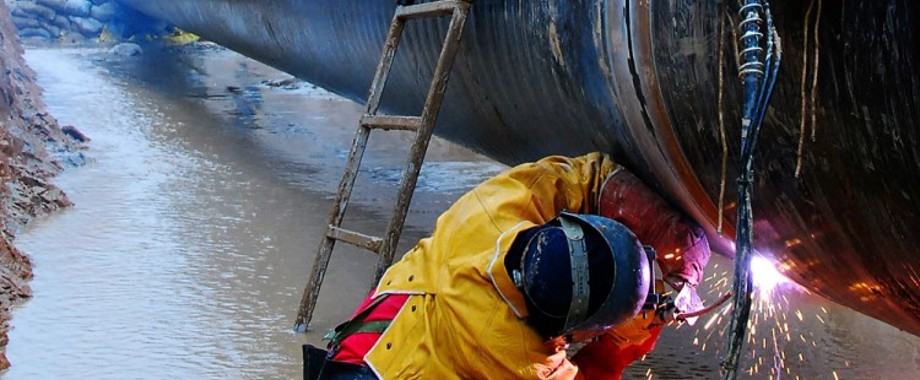
China Studies Converting Oil, Gas Pipelines for CO₂ Transport
China is studying the conversion of existing oil and gas pipelines to transport CO₂, a move researchers say could cut costs by 25% and accelerate carbon capture projects. Experts highlight both the risks and global examples that show the approach’s potential.
(P&GJ) — China is exploring ways to repurpose its extensive oil and gas pipeline network to transport carbon dioxide (CO₂), a move aimed at cutting costs and accelerating the development of carbon capture and storage (CCS) projects.
Researchers from the China University of Petroleum (East China) and the PipeChina Institute of Science and Technology say adapting existing pipelines could be around 25% cheaper over their life cycle than building new CO₂ pipelines.
Transporting captured CO₂ from power plants and industrial sites to storage locations remains one of the most expensive challenges in reducing emissions. While pipelines are the most efficient transport option, constructing new systems requires major investment and long lead times.
Technical Challenges
Scientists caution that converting existing pipelines is not straightforward. Unlike oil and gas, CO₂ has unique chemical and physical properties that pose safety and operational risks.
Even trace amounts of water in pipelines can trigger severe corrosion. In the event of a leak, CO₂—being heavier than air—can pool in low-lying areas and create suffocation hazards. A sudden pressure drop can also freeze the gas into dry ice at –108°F, potentially damaging pipes and equipment.
To evaluate a pipeline’s suitability, researchers propose a step-by-step process that includes:
- Reviewing operating history and identifying corrosion or defects.
- Modeling CO₂ behavior under pressure and temperature conditions.
- Testing materials for impact resistance and brittleness under CO₂ exposure.
- Performing new risk assessments, since CO₂ leaks create different hazard zones than oil or gas.
The team also recommends revised rules for valve placement and leak detection systems to address CO₂’s unique risks.
Global Context
Although China does not yet operate any CO₂ pipelines, it has experience converting pipelines for other fuels, such as oil-to-gas transitions. International examples include:
- The United States, which operates the world’s largest CO₂ pipeline network, including some lines converted from old gas infrastructure.
- The United Kingdom, where the 174-mile Feeder 10 pipeline was repurposed for CO₂ storage transport.
- The Netherlands, where the OCAP project converted a gas pipeline to deliver CO₂ for greenhouse farming.
Researchers say these examples demonstrate the potential for repurposing existing infrastructure to support large-scale CCS projects in China.

